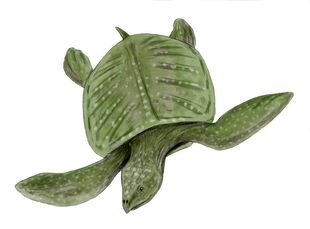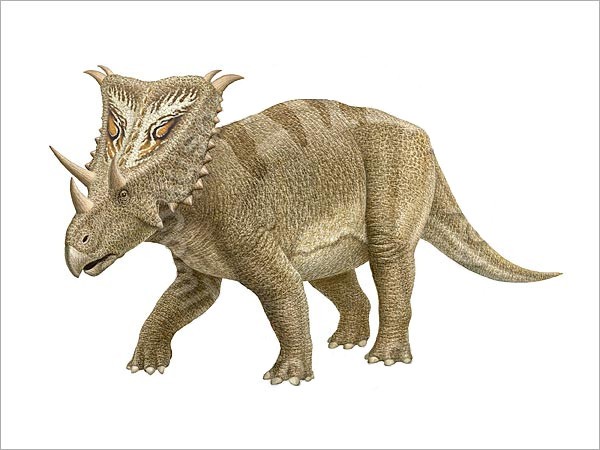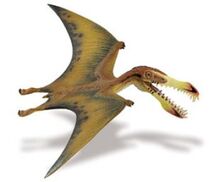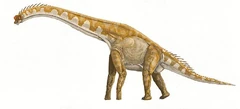The Pliosaurus, an aquatic reptile, was discovered 1842 by Richard Owen. It lived about 150 million to 145 million years ago, in the Jurassic Period. It is found in mainly parts of Europe and South America. Their are many named species of Pliosaurus. Some species had triangle shaped teeth and not claw shaped teeth like in a Tyrannosaurus Rex.
http://www.littlethetford.org/?page_id=2366












